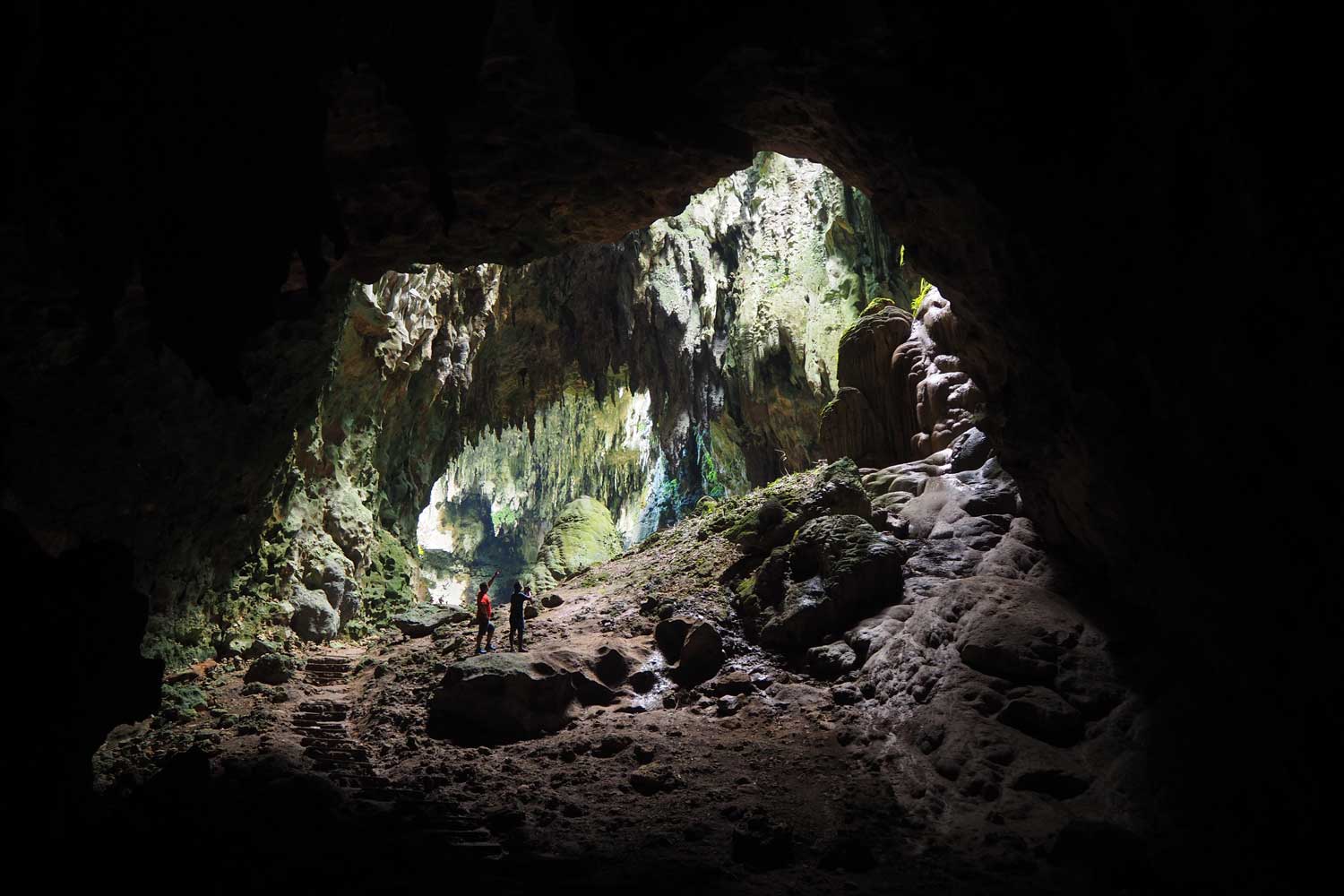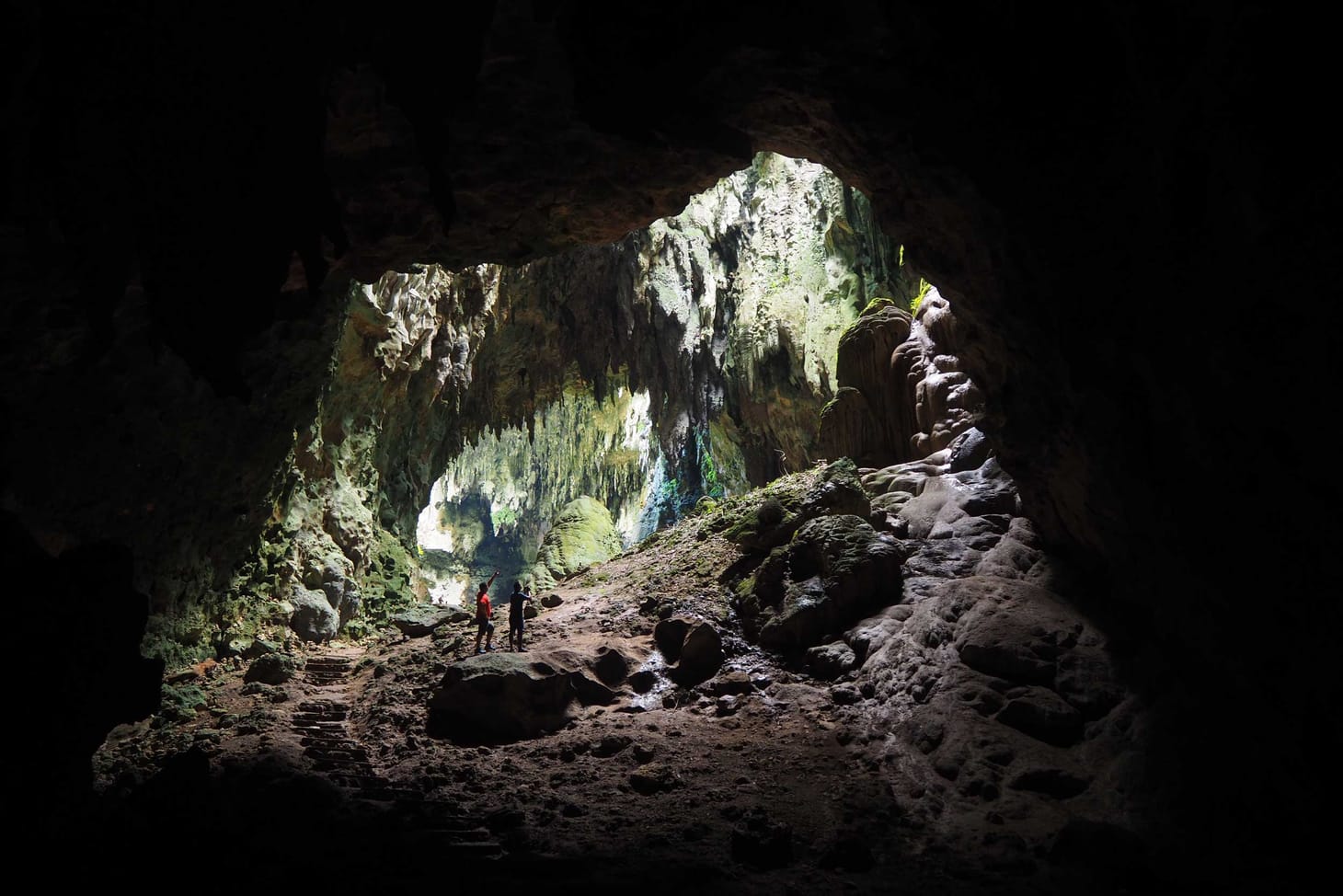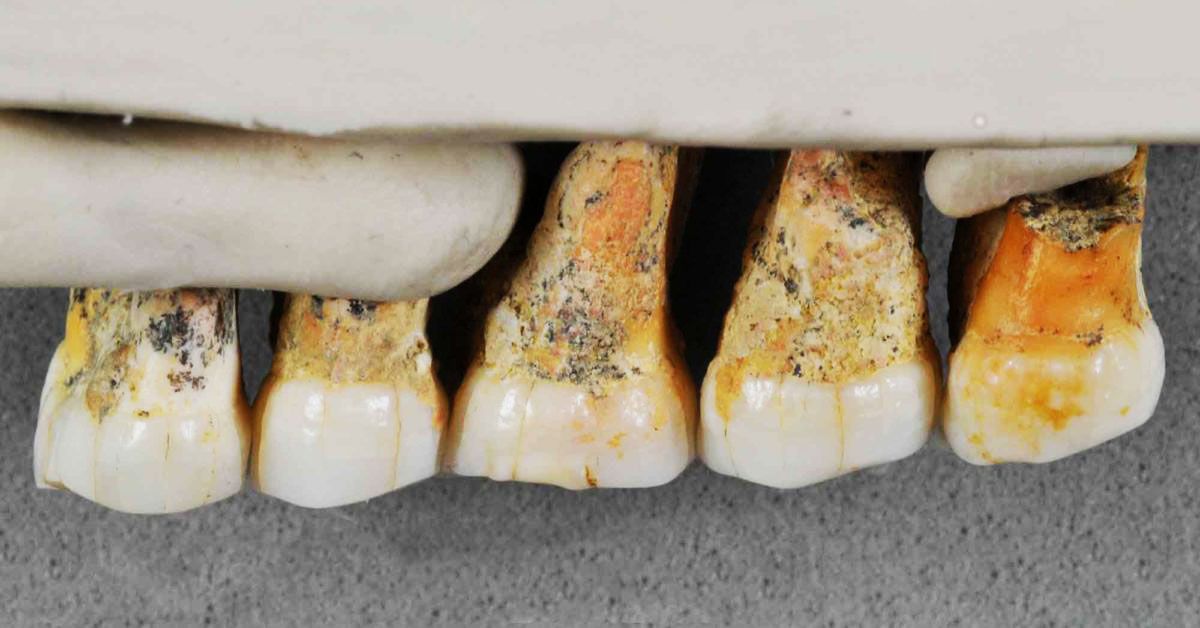New fossil material from Luzon suggests another small hominin may have lived on that island
The discovery of a small metatarsal from more than 67,000 years ago in the Philippines may reflect habitation prior to the arrival of modern people.

Note: This post from 2010 examined the first publication of skeletal material from the Callao Cave work led by Armand Mijares. Later work and additional material would give rise to the discovery that indeed another species, named Homo luzonensis, is represented at this site.
A single foot bone from a cave isn’t ordinarily very remarkable. But when it’s a funny-looking foot bone from a 67,000-year-old site on an island, that gets a little more attention. New in the Journal of Human Evolution, Arnand Mijares and colleagues report on a third metatarsal from a cave called Callao Cave, on the Philippines northern island of Luzon. If the date is right, this is the oldest human bone known from the Philippines, or indeed from anywhere not reachable by land from Asia—except for the deepest bone elements from Liang Bua cave on Flores.
The presence of a human bone on an island not reachable without a water crossing naturally brings up parallels to the Flores case. The bone’s small size provides an additional parallel. Mijares and colleagues compare the metatarsal to a sample of small-bodied Negrito skeletal remains from the Philippines, finding that its dimensions are smaller than any of them. It is smaller in its preserved dimensions than the small metatarsal of OH 8, which has generally been assigned to Homo habilis.
Did the bone belong to a hobbit-like creature?
Sadly, there is no direct comparison to the foot bones of LB1, the skeleton from Flores that started the Homo floresiensis craze. This would seem to be another case where the failure to disseminate scans of a specimen has impeded the analysis of new discoveries from other sites. The science suffers for it. The description of the LB1 hindlimb elements by Jungers and colleagues (2009) includes good photos of the MT3 of that specimen, which looks basically humanlike, although small and with a small proximal end in particular.
Human metatarsals have shafts that tend to get thinner as you move from the proximal to the distal end of the bone. The thinning is both in the side-to-side (mediolateral) dimension and in the top-to-bottom (dorso-plantar) dimension. The shaft in humans is relatively straight. Ape metatarsals tend to be very curved, and uniform in thickness from proximal to distal. Monkeys are between these extremes in curvature, although with substantial variability.
The Callao MT3 is humanlike in being relatively straight and thinning from proximal to distal, at least in a mediolateral dimension. But the bone actually gets thicker in the dorso-plantar dimension as it approaches the head. That’s not like most human metatarsals. The proximal end and shaft, which are well-preserved, are smaller in this Callao MT3 than in the females of the Negrito comparative sample examined by Mijares and colleagues. The proximal end and shaft are quite a bit smaller than the OH 8 third metatarsal. This is a very small bone.
Maybe too small. The metatarsal is reported to be smaller than OH8, with an estimated length just a hair longer than the measured length of LB1 MT3.
I’d have to look at a lot more MT3’s to be sure – which I can’t do right now – but this one looks sort of funny to me. Could it be some other kind of primate? The authors hold out some possibility that the specimen represents a subadult, but if it does, it was very close to being adult based on the preserved anatomy. So it’s not a case where the bone was going to grow a lot more. As usual, I wish that the paper included more information about the range of variation in humans and other primates. If we’re dealing with an odd specimen, how strange is it in the characters that stand out?
As for dating of the site, a mean of 67,000 years ago is the result of uranium-series dating of two cervid teeth in the same stratigraphic unit as the metatarsal. This method requires the application of a model of uranium absorption over the time since the teeth were deposited. This model is too complicated to describe here; the authors go through several scenarios and conclude that despite the possibility of inaccuracies, the remains are very unlikely to have been deposited as recently as 40,000 years (the approximate age represented by occupation of Niah Cave, Borneo). I have no reason to doubt the dating.
I’ll leave open the question of whether a date above 60,000 years ago is unexpectedly ancient for the region. It’s interesting, at least. I see nothing impossible about there having been non-hobbit-ish humans in the area at that time, as I think we’ll need to revise much about the timing of dispersal of mtDNA lineages from Africa. And don’t forget that mtDNA doesn’t tell the important story anymore.
But by and large, I want more information on this one.
References:
Jungers, W.L., Larson, W., Harcourt-Smith, W., Morwood, M.J., Sutikna, T., Rokhus Due Awe, Djubiantono, T., 2009. Descriptions of the lower limb skeleton of Homo floresiensis. J Hum Evol 57:538-554. doi:10.1016/j.jhevol.2008.08.014
Mijares AS, Détroit F, Piper P, Grün R, Bellwood P, Aubert M, Champion G, Cuevas N, De Leon A, Dizon E. 2010. New evidence for a 67,000-year-old human presence at Callao Cave, Luzon, Philippines. J Hum Evol (in press) doi:10.1016/j.jhevol.2010.04.008
John Hawks Newsletter
Join the newsletter to receive the latest updates in your inbox.



